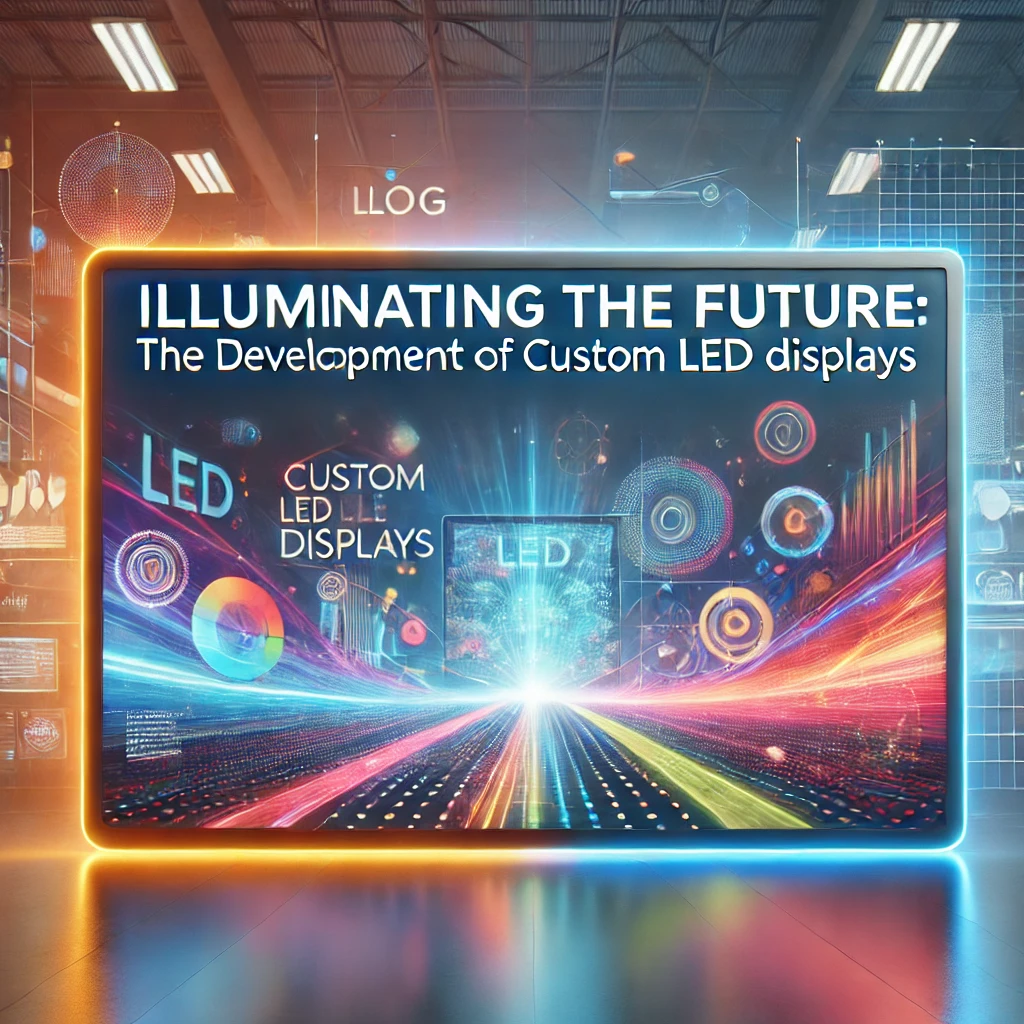In today’s visually-driven world, custom LED displays have emerged as a cornerstone of innovation, transforming how we communicate, advertise, and entertain. As a British writer with an appreciation for both technology and design, I am thrilled to explore the fascinating journey behind the development of these luminous wonders.
The Rise of LED Technology
Light Emitting Diodes (LEDs) have been around since the 1960s, but it was not until recent decades that their potential was fully realized. LEDs are semiconductor devices that emit light when an electric current passes through them. Their efficiency, durability, and versatility have made them the preferred choice for modern displays.
The Craft of Custom LED Displays
Custom LED displays are more than just screens; they are tailored visual experiences designed to meet specific needs and environments. The development process involves several critical stages, each contributing to the creation of a display that is both functional and visually striking.
Design and Conceptualization
The journey begins with a deep understanding of the client’s vision and requirements. Whether for advertising, events, or architectural installations, the design process involves close collaboration between designers, engineers, and clients. This phase includes selecting the appropriate type of LEDs, determining the pixel pitch (the distance between individual LEDs), and designing the overall structure and layout of the display.
Engineering and Prototyping
Once the design is finalized, the engineering phase begins. This involves creating detailed schematics and selecting the right materials to ensure durability and performance. Engineers develop the electronic circuitry that will control the LEDs, ensuring that the display can deliver vibrant colors, sharp images, and seamless animations.
Prototyping is a crucial step, allowing designers and engineers to test the display in real-world conditions. This phase helps identify potential issues and make necessary adjustments before full-scale production.
Fabrication and Assembly
The fabrication process involves manufacturing the LED panels and assembling them into the final display. High-quality materials and precise craftsmanship are essential to ensure the display’s longevity and performance. Each LED panel is carefully calibrated to ensure consistent brightness and color across the entire display.
Integration and Installation
Custom LED displays often require integration with existing systems, such as control software, media players, and power supplies. This phase involves configuring the display to ensure it can be easily controlled and managed.
Installation is a complex process, often requiring specialized equipment and expertise. The display must be securely mounted and connected, with considerations for ventilation, weatherproofing (for outdoor displays), and accessibility for maintenance.
The Impact of Custom LED Displays
The versatility of custom LED displays has revolutionized various industries:
- Advertising: LED displays offer dynamic and eye-catching visuals that can be easily updated, making them ideal for billboards, storefronts, and public spaces.
- Entertainment: From concert stages to sports arenas, LED displays enhance the audience experience with vibrant visuals and real-time information.
- Architecture: Custom LED displays are used in architectural designs to create striking facades and interactive installations that transform buildings into works of art.
- Retail: In retail environments, LED displays attract customers with engaging content and interactive experiences, enhancing the shopping experience.
Future Trends
The future of custom LED displays is bright, with ongoing advancements in technology and design. Innovations such as micro-LEDs and transparent displays promise even greater flexibility and visual quality. Integration with IoT (Internet of Things) and AI (Artificial Intelligence) will enable smarter and more interactive displays, tailored to individual preferences and environments.
In conclusion, the development of custom LED display is a testament to human creativity and technological prowess. These displays are not just screens but dynamic canvases that bring visions to life. As technology continues to evolve, custom LED displays will remain at the forefront of visual innovation, illuminating the future in ways we can only begin to imagine.



